Cascara coffee is making waves in the specialty coffee scene, offering a fresh and flavorful twist on how we think about the coffee plant. Unlike traditional coffee, which is brewed from roasted beans, cascara is made from the dried skins of the coffee cherry—the fruit that surrounds the bean.
The outer husk is usually discarded after the beans are removed for roasting. But in many coffee-growing regions like Ethiopia, Yemen, and parts of Central America, producers have been drying these husks for generations and brewing them into a light, fruity drink with hints of cherry, hibiscus, rosehip, and even tobacco.
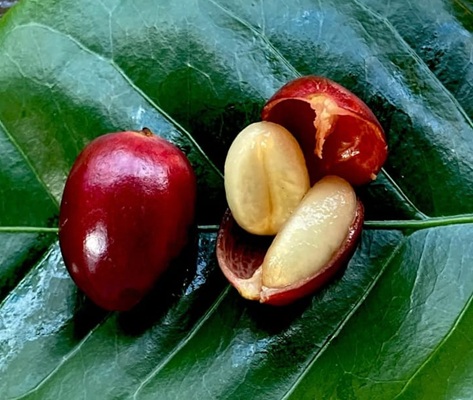
Let’s explore this lesser-known Cascara drink, its benefits, and learn how to brew it right at home.
What is Cascara?
Cascara is made from the dried husks of coffee cherries that are separated from the coffee beans during processing. The word “Cascara” in Spanish means “husk” or “peel.” These fruity husks are used to make a tea-like drink that has less caffeine than coffee but offers a sweet, fruity flavor profile.
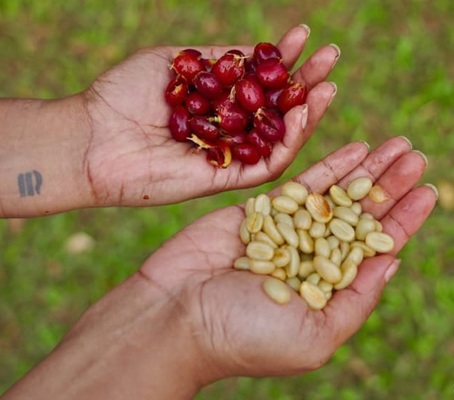
When farmers harvest coffee beans, they remove the fruity outer layer that surrounds the bean. That fruit layer is cascara.
Most farmers toss these husks away or use them as compost since they’re considered a byproduct. Only a small number of farmers dry and process the husks to create cascara tea.
Cascara is not a new drink; different cultures have been enjoying cascara in their own unique ways for centuries
In Yemen, they call it “Qishr” and brew it with spices like cinnamon, ginger, or caraway.
Ethiopians know it as “Geshar” and deeply roast the husks until they’re nearly black. They steep it longer to create an intensely fruity drink.
Bolivians refer to it as “Sultana” and enjoy it mixed with cinnamon, clove, and sugar for a spiced fruity beverage.
Cascara has been gaining popularity in specialty coffee shops of Western Countries as people discover this sustainable way to enjoy another part of the coffee plant.
Is Cascara a Tea or Coffee?
Cascara isn’t exactly coffee or tea – it’s somewhere in between. It’s made from the dried fruit shells of coffee cherries (the outer part that surrounds coffee beans), but doesn’t taste like coffee at all. Since it doesn’t come from the Camellia sinensis plant, it’s not technically tea either.
Most accurately, cascara is considered a fruit tisane or fruit infusion. It has a sweet, fruity flavor profile that can include notes of honey, raspberry, cherry, or tobacco, depending on where it’s grown.
How is Cascara Made?
Making cascara starts right after the coffee beans are removed from the cherries. Here’s how it all comes together:

1. Harvest the coffee cherries: Farmers pick ripe coffee cherries from the tree — these are usually red or yellow, depending on the variety.
2. Remove the beans: The coffee beans are separated from the fruit using a machine. What’s left is the outer skin and some pulp — this is the part used to make cascara.
3. Clean the cherry skins: The leftover skins are gathered and thoroughly washed with clean water. In some places, they’re also heat-treated using steam to kill any bacteria and ensure it’s safe to drink later.
4. Dry the skins: Once clean, the skins are laid out to dry. Traditionally, they’re sun-dried over several weeks until they turn a deep reddish-brown. Some farms speed up the process with large dehydrators, especially in humid climates.
5. Pack and ship: After drying, the cascara is sorted, packed, and ready to be shipped to roasters, cafés, and tea lovers around the world. Some farms use washed processing for a cleaner taste, while others use natural sun drying to keep a richer, fruity note.
Read a guide on Coffee Processing
How to Brew Cascara Drink?
Making a tasty cascara drink is super flexible – there’s no single “correct” way! Here are four different methods you can try at home to make a Cascara Drink
1. Classic Hot Brew (Like Tea)
The most common way to brew Cascara is as a hot tea. All you need is about one to two tablespoons (about 5–7 grams) of dried cascara per eight-ounce cup of water. Bring your water just to the boil, then pour it over the cascara in a tea strainer, a pot, or a regular mug if that’s all you have. Allow it to steep for about four to five minutes, then strain it.
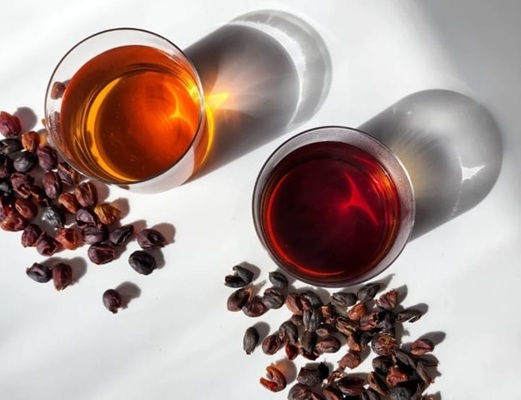
2. The Cold Brew Method
Cascara also works great as a cold brew. Mix about 6 tablespoons of cascara with 10 ounces of cold water in a covered container. Place this mixture in your refrigerator and let it steep slowly for 24 hours. After a full day, strain the liquid and serve it over ice. It’s super refreshing on a hot day, especially if you throw in a bit of honey, citrus, or even fresh mint.

3. French Press Method
The French press is a convenient way to brew cascara. Start by adding 5 to 7 grams of cascara to the French press. Next, pour in 200 mL of hot water. Give the mixture a gentle stir to ensure all the cascara contacts the water, and then let it steep for 4 minutes. After steeping, slowly press down the plunger. This method results in a clean, sediment-free drink. Some people even use a Chemex or pour-over setup with a paper filter. It’s a little more delicate but gives you a cleaner-tasting cup, closer to a high-end herbal tea.
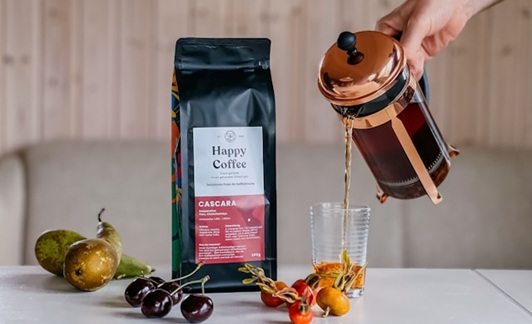
Add Spices to the Cascara
For a more aromatic experience inspired by traditional Qisher from Yemen, prepare your cascara using any of the above methods but add warming spices like cinnamon, ginger, nutmeg, or cardamom to steep alongside the cascara husks. The spices complement cascara’s natural fruity profile beautifully. After steeping, strain everything together and add a touch of honey to enhance the sweet notes.
What Does Cascara Taste Like?
Cascara doesn’t taste like coffee at all – it’s much more like an herbal tea or tisane with a naturally sweet, fruity profile. You’ll typically notice bright notes of rose hip, hibiscus, cherry, red currant, mango, or sometimes even subtle tobacco flavors coming through.
Both processing methods (how the coffee cherry husks are dried and prepared) and brewing techniques significantly impact the final flavor profile, body, and acidity you’ll experience in your cup.
How Much Caffeine is in Cascara?
Cascara contains much less caffeine than regular coffee. A typical cup of cascara has around 25mg of caffeine, while a standard cup of coffee packs about 80mg.
Even when brewed at maximum strength with extended steeping time, cascara tops out at about 111.4mg per liter, which is still significantly lower than coffee’s caffeine range of 400-800mg per liter [1].
What Are the Health Benefits of Cascara?
Cascara offers several potential health perks, though it’s worth noting that research specifically on coffee cherry tea remains somewhat limited. Here are some of the potential benefits of Cascara:
- Cascara is packed with antioxidants like polyphenols and hydrocinnamic acids. These compounds help fight oxidative stress in your body and may protect cells from damage that leads to aging and disease.
- The dried coffee cherry husks contain prebiotic fiber that acts as food for your gut’s beneficial bacteria. This supports healthy digestion and may improve overall gut health, potentially helping with issues like bloating or irregularity.
- Cascara gives you a light caffeine boost—just enough to wake you up—without the jitters or crash you often get from coffee.
- There’s even a chance it could support fat metabolism and promote fat loss, though research is still limited and ongoing.
Buying Tips for Cascara
1. Don’t Confuse It with Cascara Sagrada
When you’re shopping for cascara, make sure you’re getting coffee cherry tea, not cascara sagrada. The two sound similar but are very different. Cascara sagrada is dried bark from the California buckthorn tree, often used as a natural laxative[2]. What you want is cascara made from dried coffee cherry skins, not medicinal tree bark.
2. How Much Does Cascara Cost?
Cascara is still a specialty item, so prices can vary. On Amazon, a 100g pack costs around $10. Specialty roasters like Verve Coffee sell 90g bags for about $15. That’s a bit pricey compared to tea or coffee, but you’re also paying for a rare and sustainable product with a unique flavor.
3. Look for Top-Quality Farms
To get the best cascara, look for producers known for quality. Some of the top farms include the Menéndez family farms in El Salvador, El Cadejo and Finca San Jerónimo Miramar in Guatemala, and Helsar de Zarcero in Costa Rica. You’ll also find great cascara from Hala Tree Farms in Hawaii and selected farms in Ethiopia. These producers focus on clean, flavorful, and food-safe cascara.
4. Where to Buy
Cascara drinks are available in most specialty coffee shops, but finding the dried product for home brewing requires more effort. Your best options include online retailers, specialty coffee roasters’ websites, and some gourmet food stores. Many specialty coffee roasters now offer cascara alongside their coffee beans, including Square Mile Coffee Roasters and Verve Coffee Roasters, who sell to both consumers and wholesale.
Check related articles:
- What is Peaberry Coffee
- Different Types of Coffee Beans
- Where do Coffee Beans come from?
- What is Chicory Coffee
- What is Fair Trade Coffee
FAQs
Is Cascara Coffee Banned?
Cascara isn’t banned, but its legal status in the European Union was murky for a long time. Since it wasn’t widely consumed before 1997, it was considered a “novel food,” which meant it needed special approval before being sold. That led to crackdowns in some EU countries around 2015.
After years of back-and-forth, cascara finally got cleared for legal sale in parts of Europe around 2022. It’s now more widely available—just make sure you’re buying from trusted sellers.
Does Starbucks offer Cascara drinks?
Yes, Starbucks did offer Cascara Latte for a while, but they don’t anymore. They introduced it as a seasonal drink featuring the coffee cherry flavor, but it’s since been discontinued from their regular menu.
References:

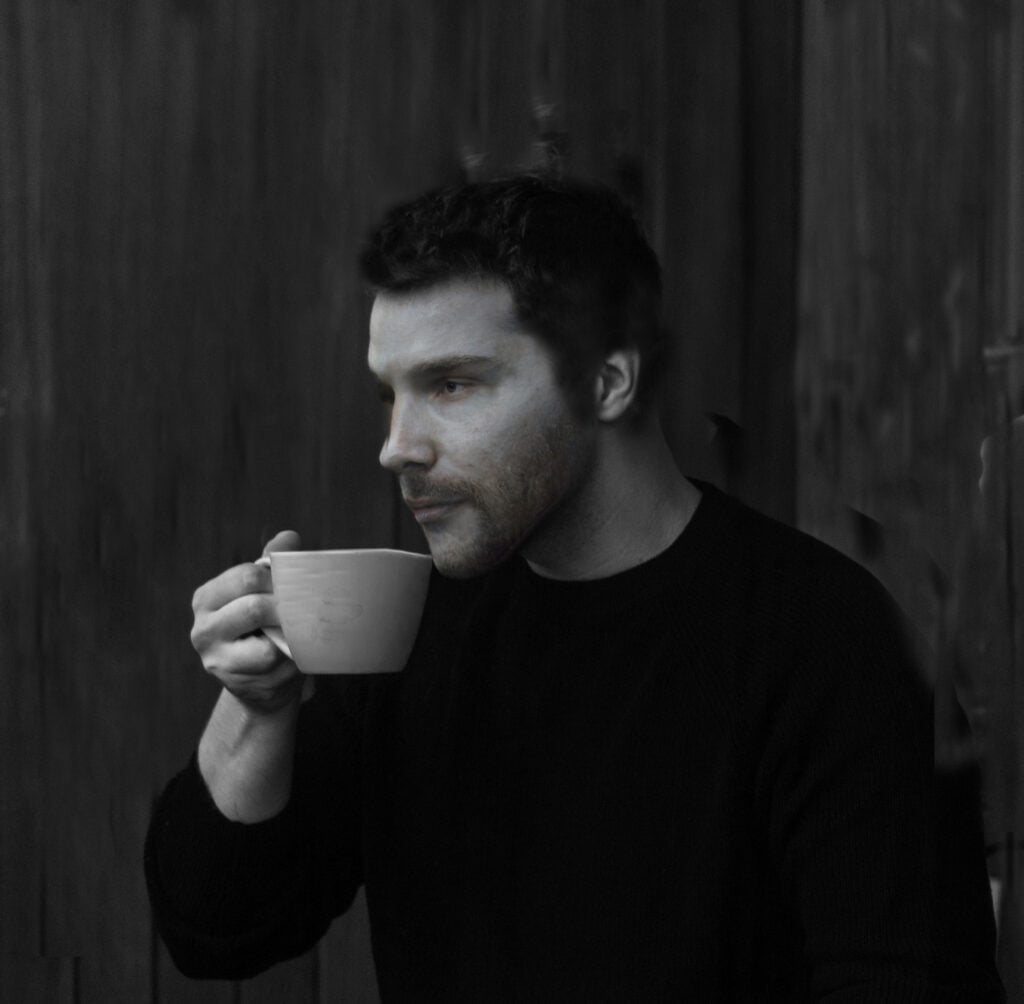


You’ve covered this topic in such a thoughtful and respectful way. It’s rare to find content that feels this balanced and well-researched.